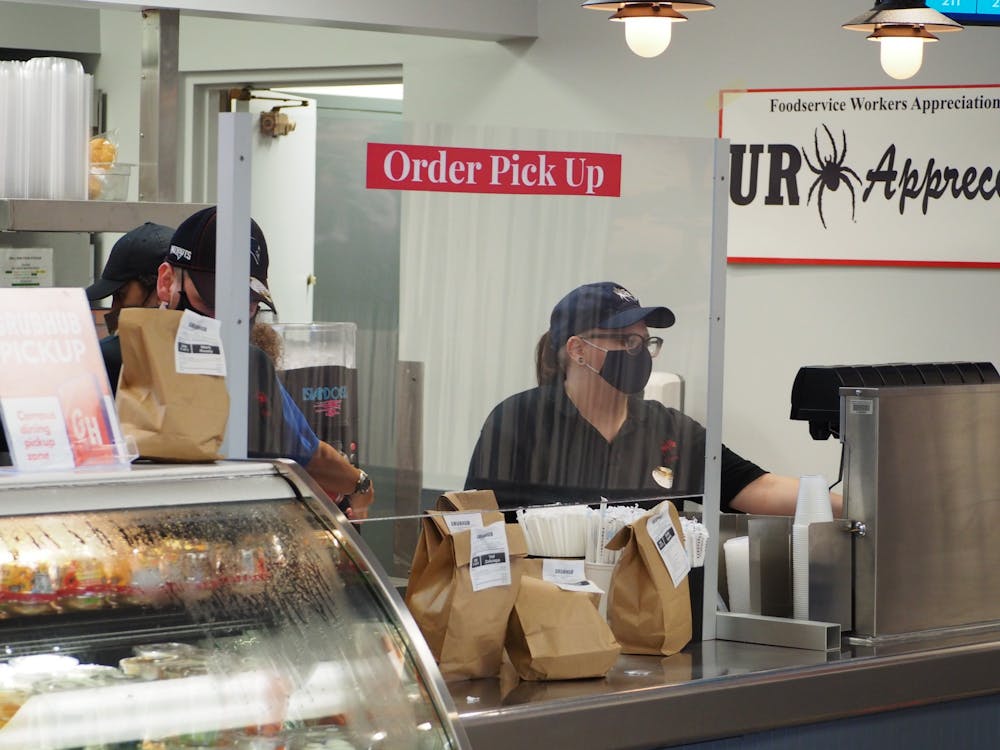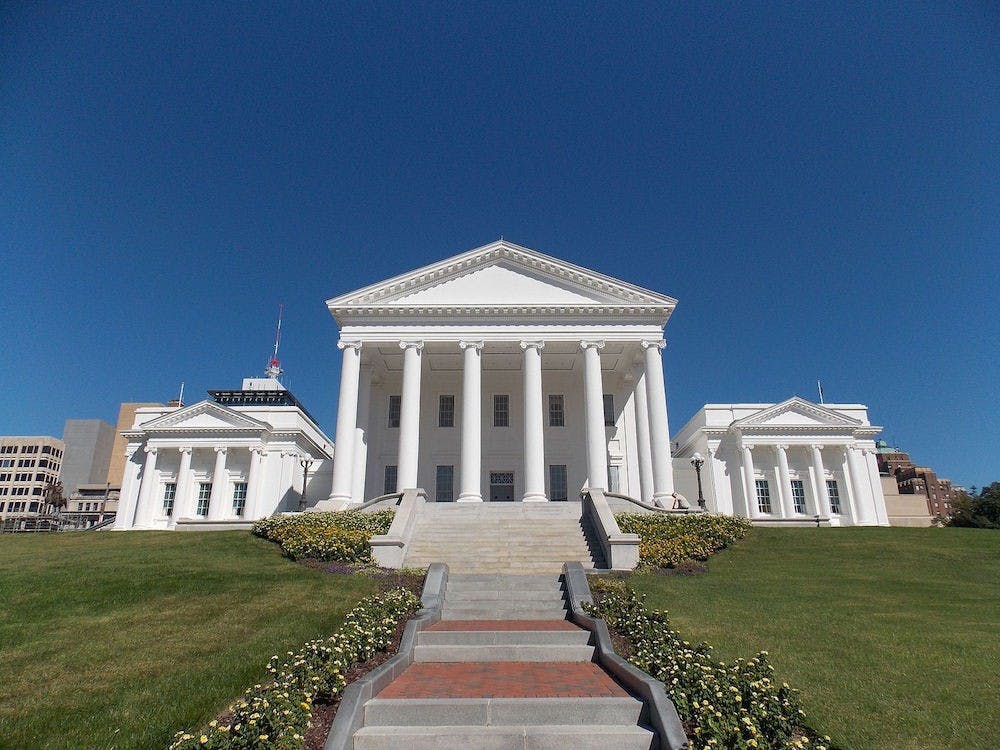Editor's note: A previous version of this story stated the minimum wage rose to $9.50 in May 2020.
Virginia’s minimum wage increased to $11 an hour on Jan. 1 as part of a plan to gradually increase it to $15 while dodging challenges from Republicans.
Former Gov. Ralph Northam signed the increase into law in April 2020. The minimum wage rose to $9.50 in May the following year and is set to increase to $12 on Jan. 1, 2023, $13.50 in 2025 and $15 in 2026.
The General Assembly must reenact HB 395 by July 1, 2024, for the raises in 2025 and 2026 to take place, according to the law.
Gov. Northam signed HB 395 into law when Democrats controlled the Virginia General Assembly. Republicans have since won control of the House and the governor’s mansion.
Earlier this month, Republicans filed a bill to freeze the minimum wage at $11 an hour and block future increases. Last week, a Senate committee vote along party lines rejected the bill, according to the Richmond Times-Dispatch.
Republicans and many business groups have long claimed that the increases to the minimum wage would hurt job growth and cause businesses to leave the state.
The bill’s sponsor, Mark Peake, R-Lynchburg, told ABC13 News that he filed the bill to stop small businesses from closing.
“People that can afford employees are paying more than $11,” he said to ABC13. “Where it was going to help employees was keeping small business[es] from going out of business."
Gov. Glenn Youngkin made comments during his campaign that a $15 minimum wage would cause job loss and crush small businesses, although a spokesman for Youngkin recently declined to say whether he supported freezing the minimum wage when asked by VPM.
Del. Elizabeth Guzman, D-Prince William, said that Republican efforts to dismantle Democratic work on labor issues show that they are not in tune with working families in Virginia.
“As you see the prices of groceries going up, you know, we should be at least happy that we were able to increase the minimum wage so people could just spend more money on groceries,” she said.
Enjoy what you're reading?
Signup for our newsletter
UR Economics professor Saif Mehkari said it was important to factor in the purchasing power of minimum wage when considering changes.
Minimum wage and consumer price inflation data provided by the Federal Reserve of Economic Data show that the real federal minimum wage has been falling consistently since the 1980s, he said. Virginia’s real minimum wage has seen increases due to policy changes, with the most recent change bringing it back to where it was in the 1980s, he said.
“In general, the idea is that you want to increase the minimum wage to keep people's purchasing power constant over time at the minimum level, right?” Mehkari said. “But also, you don't want to increase it too much.”
Although increasing wages means that some businesses may be constricted in hiring, the tradeoff is that the welfare of people who make the least increases, he said. Mehkari said that in this case, he weighed the welfare increases over frictions in the employment market.
“Now, if the state legislature had said, ‘I want to increase wage to $30 an hour,’ well, then maybe I would say the welfare gain isn’t good enough because there's no welfare if no one has a job,” he said.
Mehkari believes in paying people enough to sustain a life and that the effects of poverty and inequality hurt society as a whole, he said.
Additionally, only a small percentage of people in the workforce work at minimum wage, the majority of whom are young people, Mehkari said. He referenced data from before the pandemic by the Bureau of Labor Statistics.
Because UR knew of the changes to the minimum wage in advance, school officials decided to make minimum wage on campus $11 at the beginning of the fall semester, said Mike Pagano, assistant director of financial aid. He estimated that before the increase, about 80% of student jobs during the academic year paid less than $11.
“That allowed us kind of a fresh start for the year as opposed to try and do a bunch of wage increases in the middle of the semester when kids were already working,” Pagano said.
UR used to have four levels for ranges of pay on campus, Pagano said. With the recent increase, the four levels were combined into two levels: Grade level one positions are paid $11 to $13 an hour and grade level two positions are paid $13 to $15 an hour. The majority of jobs are considered a level one position, he said.
Virginia was among the 21 states across the country that raised their minimum wage around New Year’s Day, according to USA Today.
Contact international co-editor Eileen Pomeroy at eileen.pomeroy@richmond.edu.
Support independent student media
You can make a tax-deductible donation by clicking the button below, which takes you to our secure PayPal account. The page is set up to receive contributions in whatever amount you designate. We look forward to using the money we raise to further our mission of providing honest and accurate information to students, faculty, staff, alumni and others in the general public.
Donate Now



